Things You Shouldn't Microwave
Warning: Big Messes Ahead
Microwaves are an awesome small appliance for quickly reheating a coffee or cooking a frozen dinner. But have you ever popped something in and walked away, only to come back to a huge mess, or maybe even ruined your microwave? Some items just aren’t safe to use, whether it’s a food item that will explode, or certain containers that can damage your appliance. Some common kitchen items can even be a fire hazard. We put a number of these to the test to find out for sure. A reminder that Chris is a qualified technician, operating in a controlled environment. We do not recommend you try recreating these examples at home!
How Do Microwaves Work?
Inside your microwave oven is a tube called a magnetron. This tube produces microwaves that are reflected throughout the metal interior of the appliance. These waves are absorbed by the food item being heated, and the microwaves cause the water molecules in the food to vibrate. These vibrations are what produce the heat that cooks the food. This also produces steam, which can cause your meal to explode if it isn’t vented properly – more on this below! To demonstrate how the microwaves bounce around and reflect inside the oven cavity, take a look at our video where we demonstrate with a strand of LED lights. Please note that the demonstration was conducted by a qualified appliance technician, and you definitely shouldn’t try this at home.
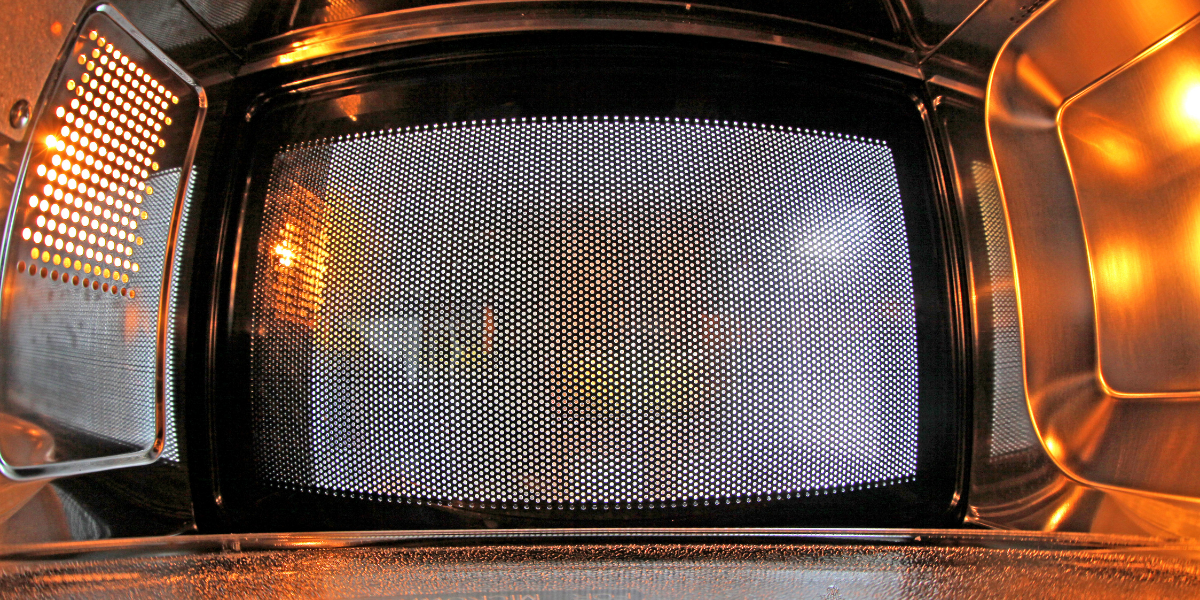
Don't Microwave Your Take-Out Containers
Styrofoam
When storing your leftover take-out in the fridge, Styrofoam is perfectly suited for the job. When it comes time to reheat that food, you're going to want to transfer it to a different dish. Styrofoam will soften at 212 degrees Fahrenheit, and will leach chemicals into your food. At higher temperatures it will melt and breakdown, which obviously will ruin your food, but also leaves a mess in the microwave.
Plastic
Plastic containers are extremely convenient for storing your leftovers, whether in the fridge or freezer. When the time comes to heat up the food, you should transfer it to a microwave safe dish instead. When heated, the plastic can emit toxins into your food, and you don’t want to be consuming that!
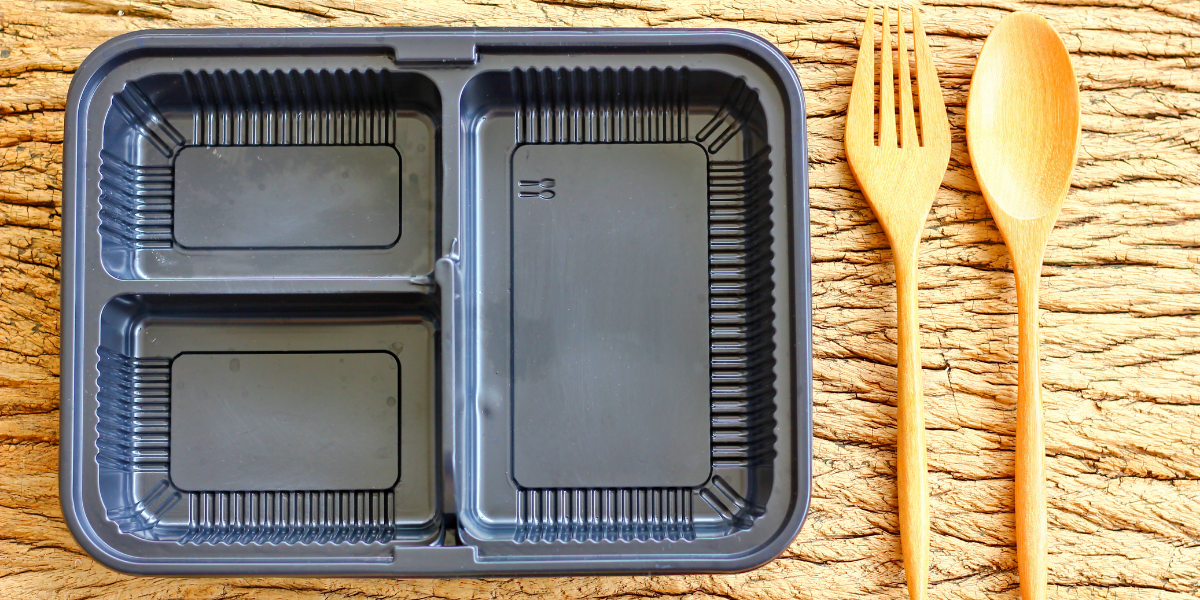
How to Tell if Your Dishes are Microwave Safe
Microwave safe dishes are generally going to be made from ceramic or glass and should feature the “microwave safe” symbol on it. If you’re not sure about a container and can’t find a symbol telling you whether or not it’s microwave safe, you can do the following test. First take a mug that you know for certain is microwave safe and fill it with cold water. Then place that mug inside your testing container and microwave the whole ensemble on high for one minute. When you remove the containers from the microwave, the water should be hot, and the testing container should be cool. If this is the case, that container is safe to continue using in the microwave. If the container became hot, it is not safe to use in the microwave.
Metallic Items
This is one that everyone should be aware of already, but any sort of metallic item should not be placed in the microwave. Baking sheets, tin foil, cutlery, travel mugs, gold trimmed dishes – any of those will cause arcing and ruin your microwave. This can even be a fire hazard!
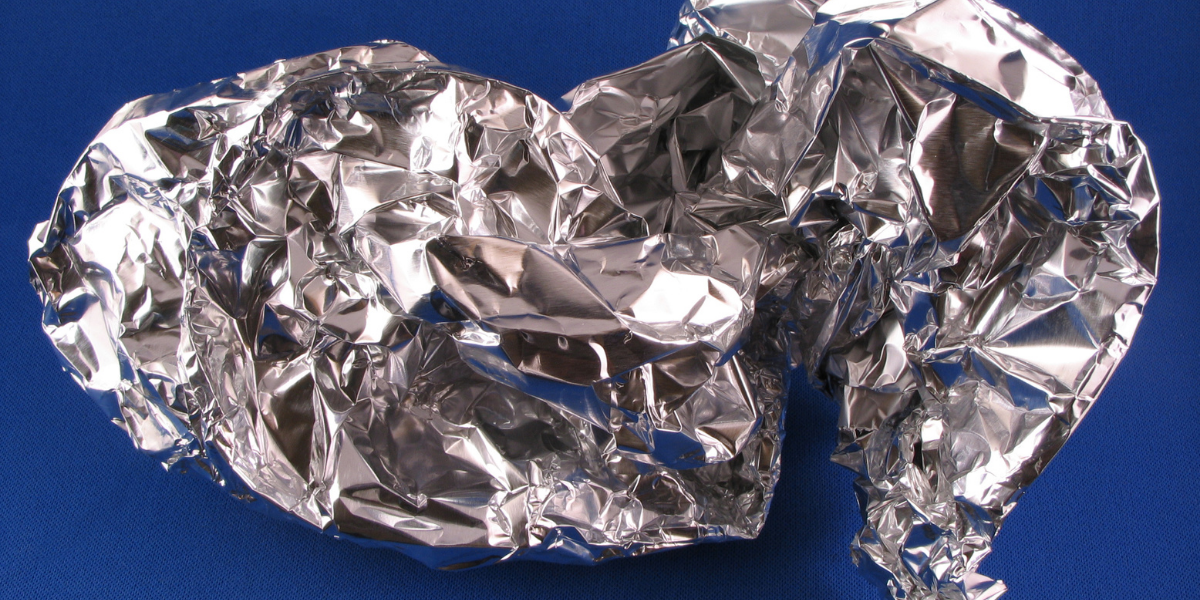
Frozen Meat
This item won’t cause any fires or damage your microwave, but frozen meat can still be a safety hazard. In this scenario, we’re more worried about bacteria growth and potential food poisoning. Instead, remember to take the meat out of the freezer the day before and thaw it safely in the fridge.
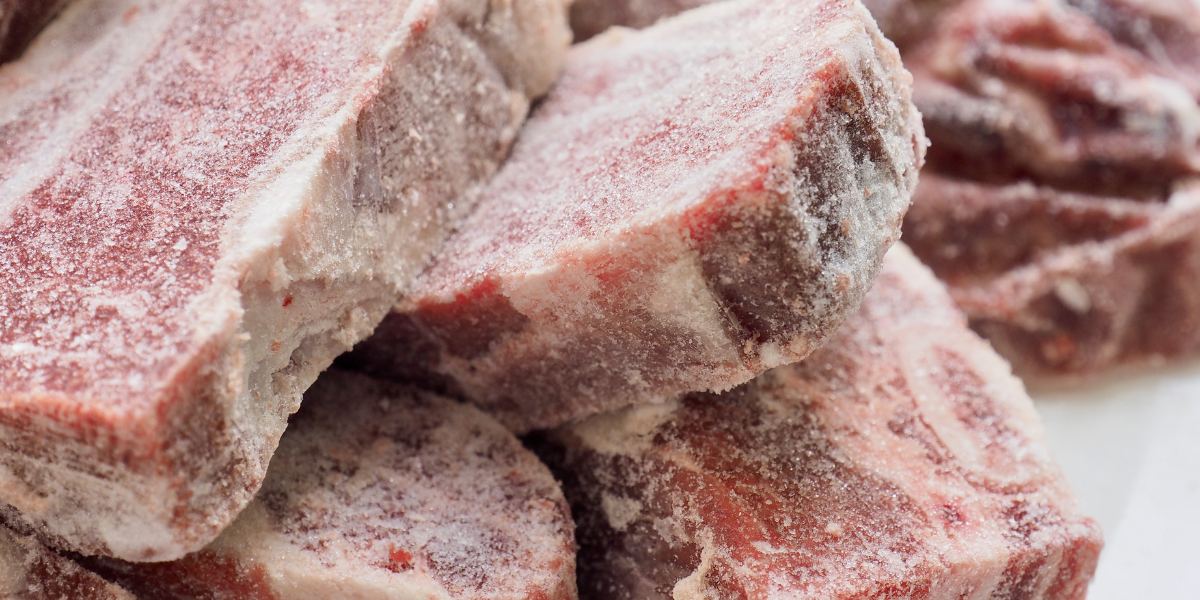
Grapes
Microwaving grapes is one of the internet's favorite science experiments, as they can create quite a light show. While our test grapes did not have an explosive reaction (all they did was ooze a bit), microwaving this fruit should not be done. As it turns out, a single grape is just the right size to generate an electromagnetic field that will create plasma. This can do a lot of damage to your microwave, and the researchers who studied this noted it does ruin the magnetron. Study on Grapes, Plasma, and Microwaves As cool as it looks, please don't try this at home.
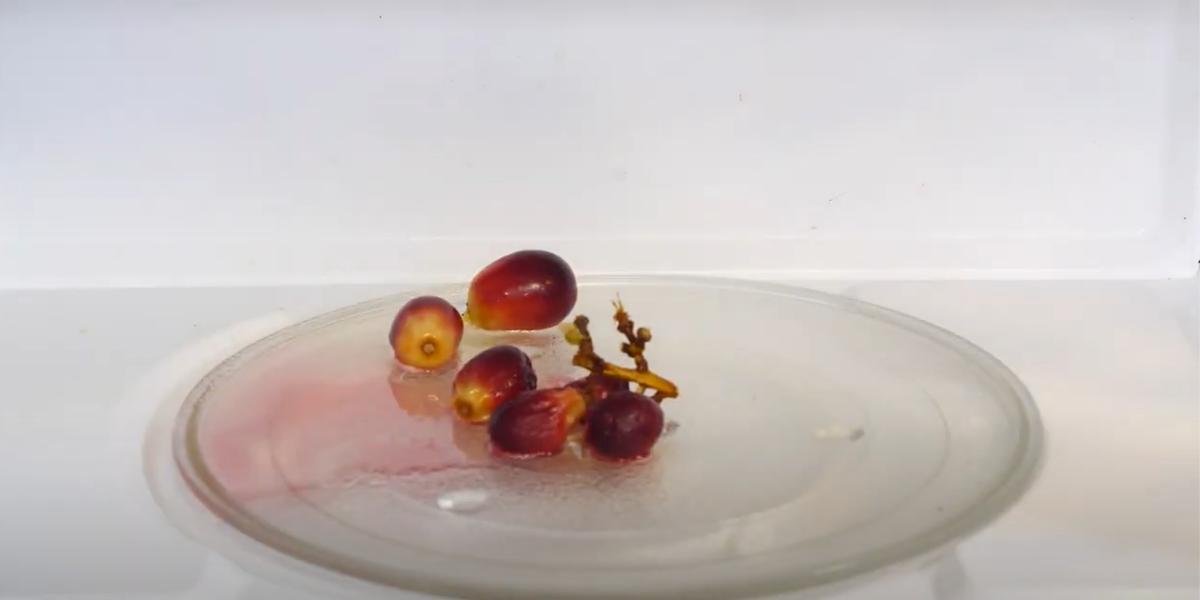
Raw Eggs (In Their Shell)
Making eggs in the microwave is perfectly fine, so long as you crack them into a suitable container first (however, your coworkers may hate you if you’re using the communal kitchen). Placing a raw egg still in its shell in the microwave is just going to be a bad time. Remember all the steam that builds up from the vibrating water molecules? It wants to break free, and you will be left with a horrible mess to clean up afterwards.
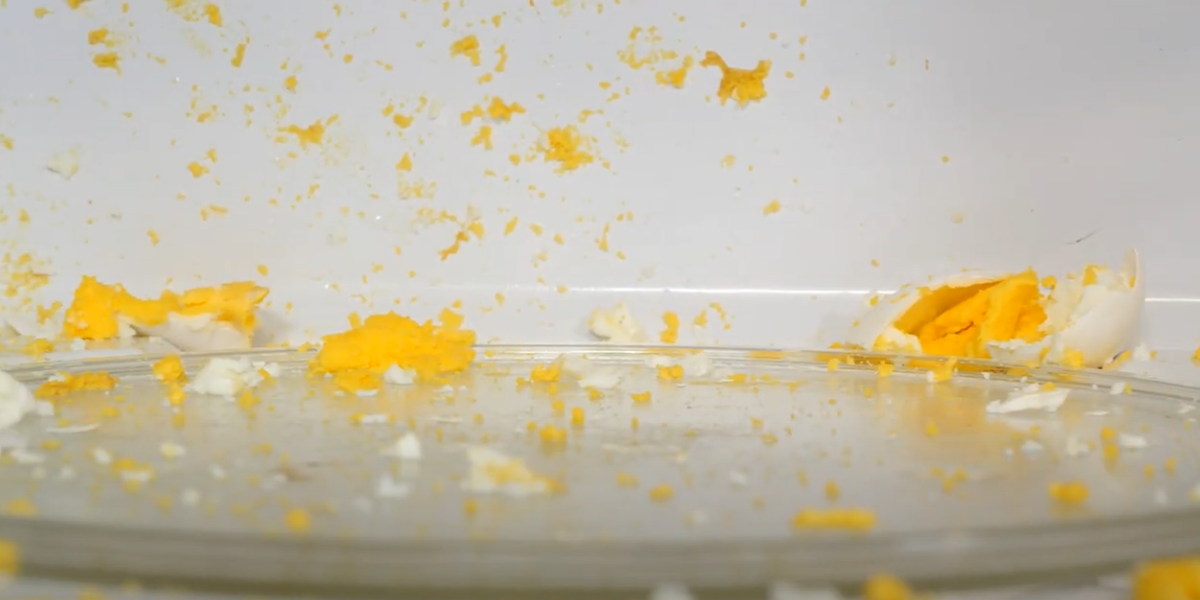
Trick to Clean a Microwave
Put that steam to work! Take one of your microwave-safe bowls, and fill it with water. Feel free to add some lemon slices, vinegar, or a couple drops of dish soap. Place the bowl in the microwave and run it on high for 5 minutes. Once it has finished running, keep the door shut for another five minutes to let the steam work its magic. Very carefully remove the bowl from the microwave, along with the turntable and the carriage. Give the interior a good wipe down, as the steam should’ve loosened up any tough gunk and grime.
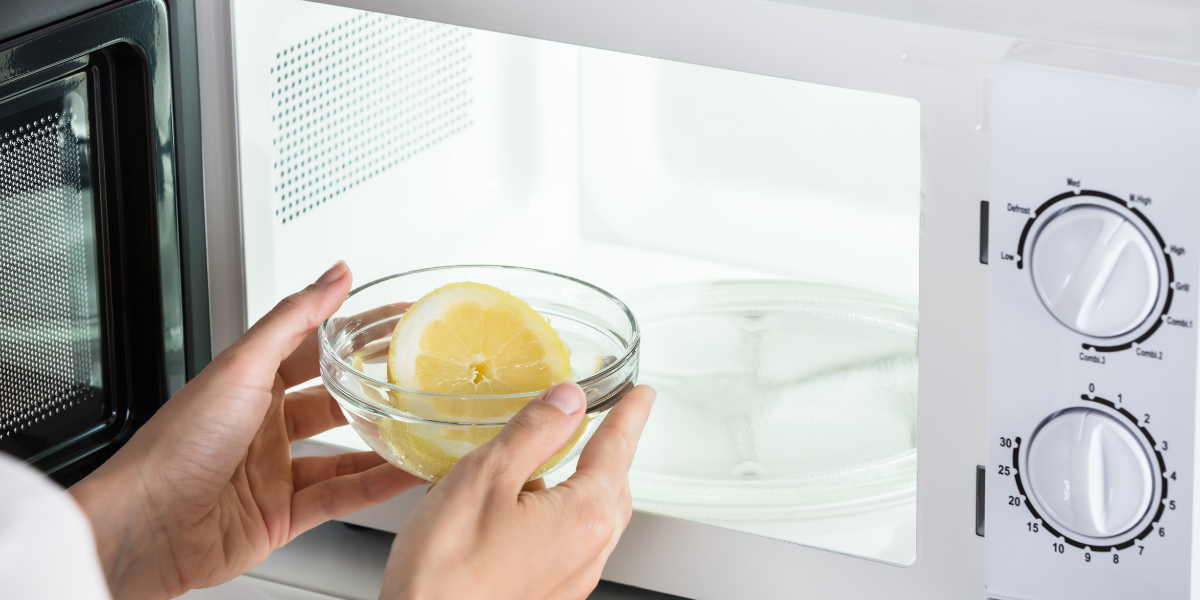
If you’ve ever wondered what happens inside a microwave, we hope you’ve found your answer! There is a lot of power inside a small appliance, and with great power comes great responsibility. One such responsibility is to never microwave fish in the office kitchen, but since that isn’t a true safety hazard it didn’t make our top 5 list today. If you have inadvertently caused some damage to your microwave, we can help! Just search for your model number and we’ll bring up the OEM replacement part for your appliance.
